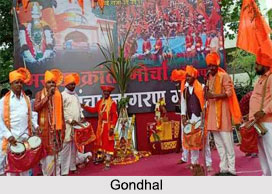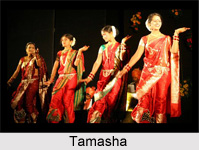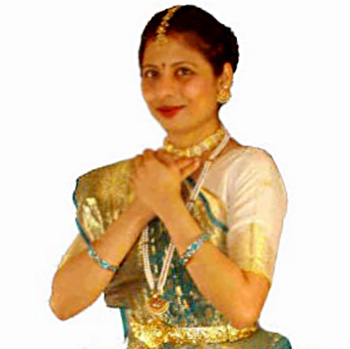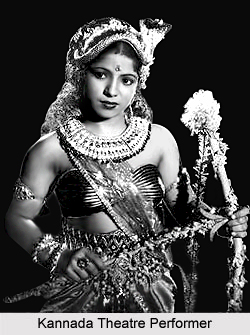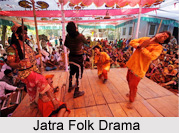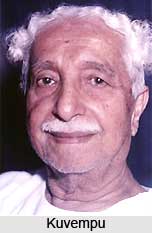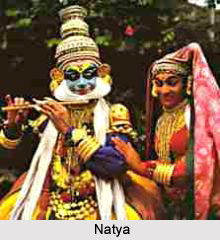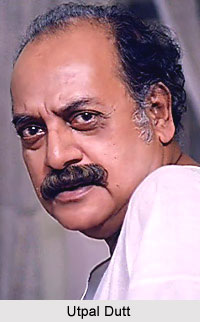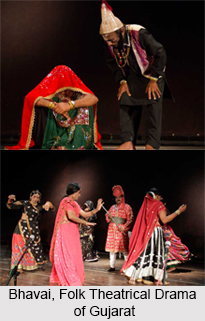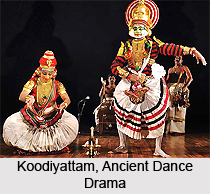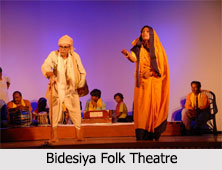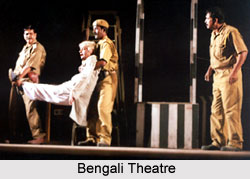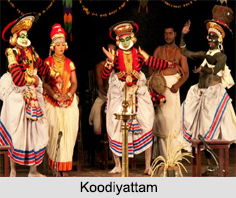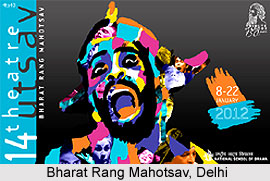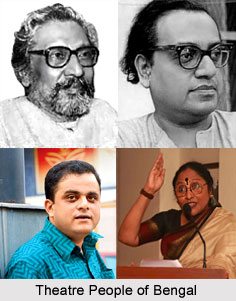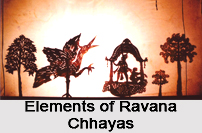 Elements of Ravana Chhayas comprise all the various components which go into the performance of this theatre form. These various elements need to be properly co-ordinated with each other in order for the shadow play to be successful. Among the various elements that go into making the Ravana Chhayas are, most importantly, the puppets, the music used for the play, the lighting of the stage and the actual presentation and performance of the shadow. These are briefly discussed below.
Elements of Ravana Chhayas comprise all the various components which go into the performance of this theatre form. These various elements need to be properly co-ordinated with each other in order for the shadow play to be successful. Among the various elements that go into making the Ravana Chhayas are, most importantly, the puppets, the music used for the play, the lighting of the stage and the actual presentation and performance of the shadow. These are briefly discussed below.
Puppets Used in Ravana Chhaya
According to tradition the shadow puppets used in a performance of the Ravana Chhaya is to be made of deerskin only. This skin is prepared according to an indigenous process and a distinctive feature of these shadow figures is that they have no joints. The puppets which are created are of different sizes. While the largest is about 18 inches the smallest is 6 inches. After the puppets have been created a special puja is held to bring `life` into them. More than 700 puppet figures are used for the complete Ravana Chhaya show and each of the major characters of the Ramayana is presented by one puppet figure. In a few cases there are two figures for one character. There are certain standard characters that are used at the beginning of most plays, such as the village barber and his grandson. Figures are also used for a number of props such as mountains, trees, arrows, palanquin, chariots, houses etc.
Stage and Lighting for Ravana Chhaya
A rather simple stage is set up for the Ravana Chhaya performance. Two poles fixed 6 to 7 feet apart, a 4 to 5 yard long white cotton cloth (dhoti is ideal), two to three straw mats, a few nails and 4 to 5 yards of thread are all that is needed for putting up the stage, which should have some covering on top so that the light does not get too dispersed. First the straw mats are stretched from one pole to the other like a screen touching the ground. The mats are usually 3 feet in width and they serve the purpose of hiding the manipulators, who squat on the ground while manipulating they also provide a support for such puppet-figures as are to remain stationary for quite some time, e.g. the props which form the setting. The handle of the puppet figure is inserted into the loops formed by the woven pattern of the mats. This keeps the figure upright and lightly pressed to the screen as long as the puppeteers wish. On top of the opaque mat-screen, the cloth is stretched taut by tying both ends to the two poles, and this serves the purpose of the light screen.
The light source is a bowl-shaped earthen lamp, filled with oil and 3 thick wicks made of rolled cotton rags soaked in oil and lighted. This lamp is put on a stand made of a long bamboo peg with a small wooden plank fixed to the un-tapered end. The tapered end is driven into the soil in such a way that the lamp when placed on the wooden plank reaches about 12 to 15 inches from the bottom of the light screen at the horizontally central line. The distance between the lamp and the screen is at the most about 12 inches. The puppeteers squat on the ground and present different puppets in between the lamp and the light screen.
Music used in Ravana Chhaya
The kind of music which is used in the performance of Ravana Chhaya is a blend of the folk and classical Odissi traditions. The lyrics of the Vichitra Ramayana are extremely popular and are most often used to accompany the plays. Some of the times, the author may instruct a particular song to be sung in a particular tala or raga of the Odissi School of music. The percussion instruments used to accompany the vocal music are the Khanjani and Daskathi.
Manipulation of the puppets if Ravana Chhaya
The manipulation of the puppets, which have no jointed limbs, is carried out by a kind of vertical jigging of the puppets from side to side either towards or away from the screen. The art of manipulation lies in. creating a suggestive pose by the puppet expressive of the character and its relationship to similarly posed characters and settings. The settings are created by bringing onto the screen pieces representing houses, trees, chariots, mountains, etc. The puppets have to be manipulated in such a way in a Ravana Chhaya shadow play that they do not end up imitating human movements and they are accordingly stylized.
Thus discussed above are the various elements which go into making a successful performance of the Ravana Chhayas.
